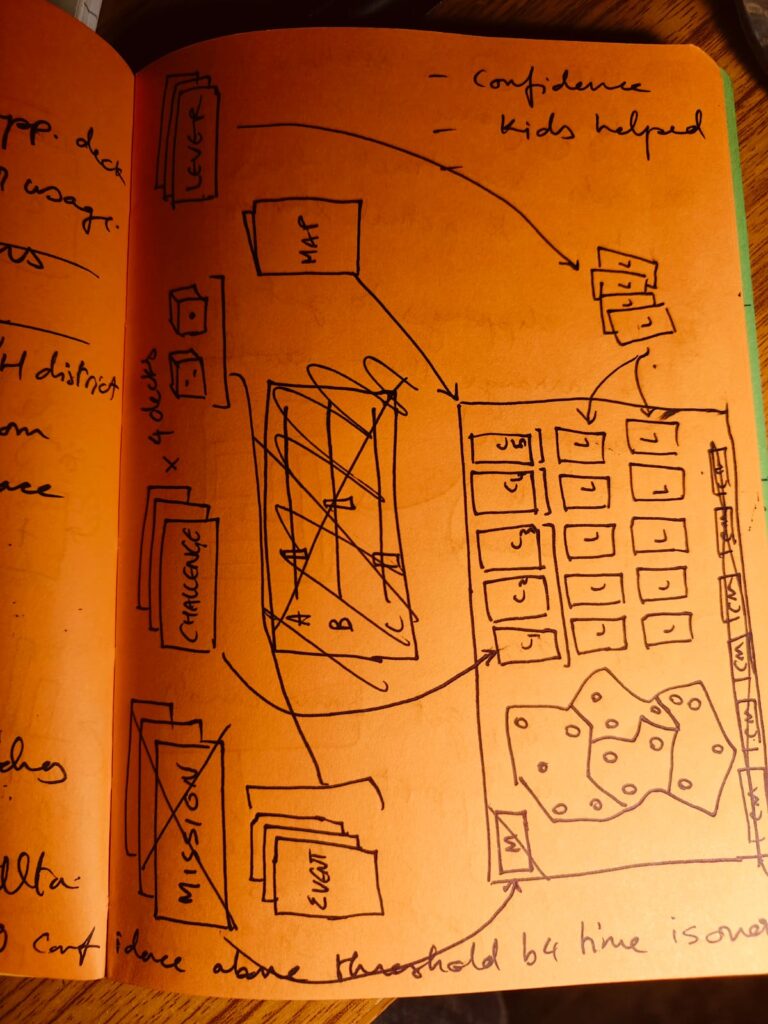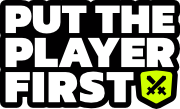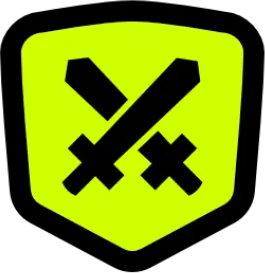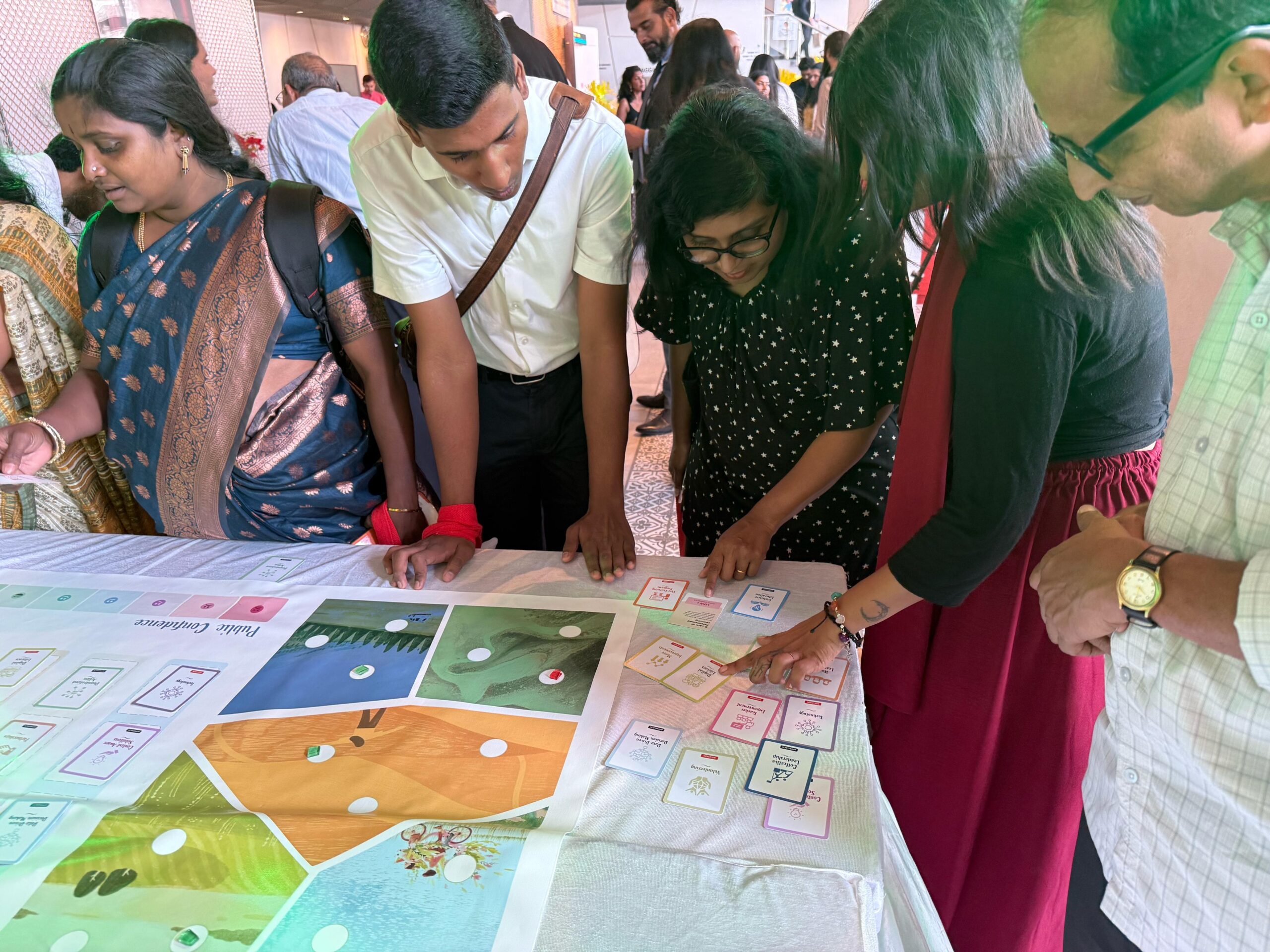“You Don’t Get It…”
Vikram (name changed) hissed.
“My god… stop thinking with tech first and look at the people!” Shanthi (name changed) shot back, exasperated.
“And you’re forgetting how accessible technology is for these kids!” Vikram insisted.
They were locked in a heated debate, their voices rising as they argued over how best to address infrastructure issues in a fictional school.
But this wasn’t a real-world crisis – it was happening inside EdQuest, a game I designed to help my client, Shikshagraha, make their work tangible for others.
Vikram wanted to introduce micro-improvements and WhatsApp classes. Shanthi, on the other hand, was adamant that context-aware, human-centric solutions were key.
Neither was entirely wrong and that was the beauty of it.
Watching this argument unfold, I knew the game was doing exactly what it was meant to do – make people think, debate and engage deeply with the problem.
Mission accomplished.

Why EdQuest?
Shikshagraha, an NGO dedicated to improving 1,000,000 public schools in India, was doing incredible work.
But their challenge?
Getting people to truly understand the complexities of their mission.
It’s one thing to describe educational inequities in India. It’s another to make someone feel the weight of those challenges – to internalize the decisions, trade-offs and systemic barriers at play.
Now, there are plenty of ways to make people feel the way we want.
But games?
No other form of media gives that kind of agency and emotional punch that games can do.
When we explained this to Shikshagraha’s team, they were all in.
A few calls, a long drive and some tough negotiations later, EdQuest was officially in development.

How EdQuest Works
EdQuest is an experiential, cooperative game where players work together to tackle real-world educational challenges.
Here’s how it works:
- Players face a challenge card – a real issue affecting a fictional school.
- They select a mix of Solution Levers (e.g., tech interventions, policy changes) and Approach Levers (e.g., community involvement, infrastructure upgrades) to solve the challenge.
- Success boosts public confidence in their decisions, while failure erodes it.
At its core, EdQuest is about strategic thinking, discussion and collaboration.
The mechanics? Card drafting, cooperative play and roleplaying.

Designing With Constraints
Creativity, for me, works best when I have constraints.
Shikshagraha’s requirements shaped the design from the outset:
- It had to work in a conference setting. Meaning: short playtime, easy rules and engaging from the get-go.
- It had to be scalable. Not a one-time experience, but a tool they could use for onboarding and training.
- I had to design for an audience I wasn’t deeply familiar with. The realities of on-ground education work were different from my own experiences, so I needed to learn fast.
I love that because I want to put the player first.
These constraints weren’t limitations – they were guides that helped me focus on what mattered.

From Sketch to Playtest
I experimented with different mechanics, pulling from my design journal and past experiences:
- Initially, I wanted to introduce dice rolls, scorekeeping and real-time generated news clippings based on player choices.
- But conference constraints forced me to simplify and streamline.
- The first prototype included separate mission cards, happiness/sadness tokens and individual decks – but it was too complex.
- Through playtesting, I stripped away everything that wasn’t essential to the experience.
One idea I loved but had to cut? The real-time newspaper clippings.
By applying the razor of constraints, simplicity and clarity, the final game emerged.






What Made It Hard?
This was a space I wasn’t too familiar with.
1. Working with Imperfect Information
I couldn’t always get immediate feedback from the client. I was winging quite a few things for the playtest and course-corrected later.
2. Designing for an Unpredictable Environment
Would players be sitting? Standing? How big were the tables? How noisy would the space be? Unlike a standard board game setup, I had no fixed environment – so I had to design for flexibility.
Context affects the design, so I was making a lot of assumptions.
3. Multiple Stakeholders, Different Visions
Each stakeholder had their own perspective on what the game should accomplish. Balancing these expectations while staying true to the game’s core purpose was a challenge in itself.

What Stood Out?
The point was that they internalize the fact that there are several ways to solve the same problem.
One of the biggest breakthroughs was introducing the “No Right Answer” mechanic.
In early versions, each challenge had a single correct solution. But real-world problems don’t work that way.
So I added a mechanic where players could justify an unconventional solution if they:
- Explained how it could work.
- Provided real-world examples.
- Allowed others to challenge their reasoning and red-team the whole thing.

The Playtest & The Big Day
People were chomping at the bit to play.
I ran EdQuest for four hours straight – and even on day two, people were still asking to play. They brought in their friends to play the game too – and recommended that we take this up to larger NGOs like the Azim Premji foundation to showcase what we had built.
Games have this wonderful power to linger – long after we’ve played them.
That’s when I knew: this worked.

Want to Collaborate?
EdQuest proved to me that games can drive real conversations and create lasting impact.
If you’re looking to design experiences that educate, engage, or drive change – click here to chat with me.
Reach out and let’s build something impactful together.

Credits
This game would not have seen the light of day if it hadn’t been for:
- The good folks at Shikshagraha
- The team at Tvarita
- Abhijith from GamesForEd
- Sneha, graphic designer extraordinaire
- Prajwal from Manu Graphics
Thank you.

Leave a Reply